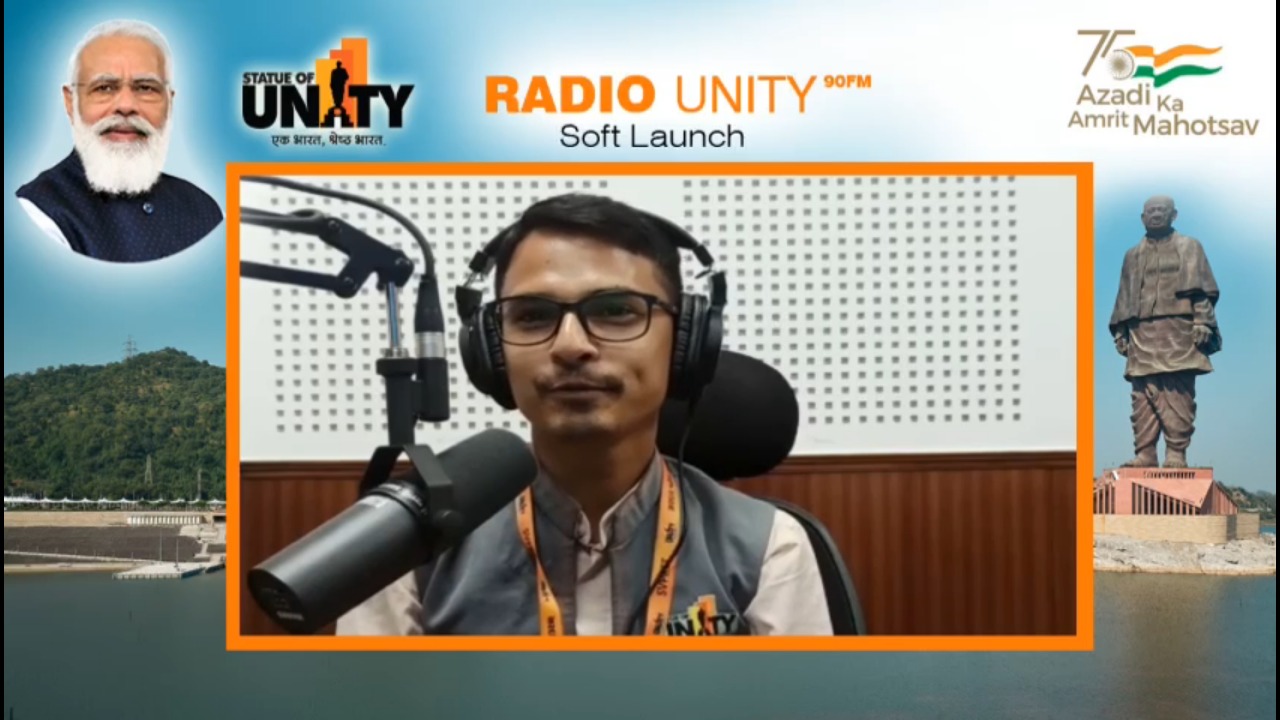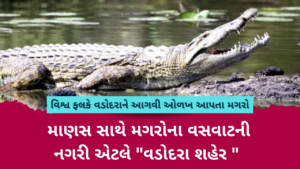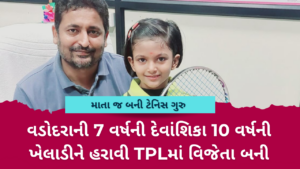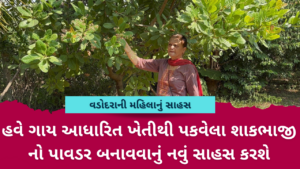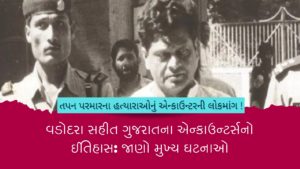Sanskrit is an Old Indo-Aryan language in which the most ancient documents are the Vedas which is composed in Vedic Sanskrit. Sanskrit is considered to be the most flexible – compatible for modern computer language. Various efforts have now been made by the Government of India to make this language popular, and administration of The Statue of Unity has a prominent and unique link in it.
“Namo Namah Sarvebhyam, Sarvebhyam Swagatam Karomi “, are the words you might come across on Radio Broadcast while visiting the Statue of Unity at Kevadiya. 15 tribal Radio Jockeys of Radio Unity 90 FM can broadcast in Sanskrit without any hesitation.
As a new initiative by SOUADATGA (Statue of Unity Area Development and Tourism Governance Authority), Radio Unity 90 FM, which is currently very popular in the broadcasting world. It has commenced and one more initiative has been taken to select Sanskrit as a language of broadcasting.
This is a community radio that has recently started broadcasting on an experimental basis. Hardly any tourist destination in India has its own FM radio station like this which makes this initiative unique. And broadcast in Sanskrit language has given it a special place.
The 15 Radio Jockeys are local tribal youth who are able to play the dual role of tourist guide and now Radio Jockey. They can broadcast all the details including the tourist attractions of Kevadiya including Statue of Unity (SoU) in Sanskrit language. It is worth noting that they have been trained in this linguistic diversity by SOUADATGA.
Public Relations Officer Rahul Patel said that the noble aim of strengthening national unity and highlighting India’s uniqueness in diversity lies here. For example, our tourist guide can provide information on tourist attractions in Gujarati, Hindi, English, Marathi, Kannada and Telugu. This means that national unity is being realized through language diversity.

